
For millions of years, venomous spiders have evolved into some of nature’s most efficient predators. These eight-legged hunters combine sophisticated weaponry, remarkable sensory capabilities, and deadly toxins to capture prey many times their size. While often feared by humans, these arachnids display fascinating hunting behaviors that reveal the incredible complexity of their evolutionary adaptations. From the stealthy ambush tactics of trapdoor spiders to the calculated web-building strategies of black widows, venomous spiders employ a diverse arsenal of hunting methods that have allowed them to thrive in nearly every habitat on Earth.
The Evolutionary Development of Spider Venom
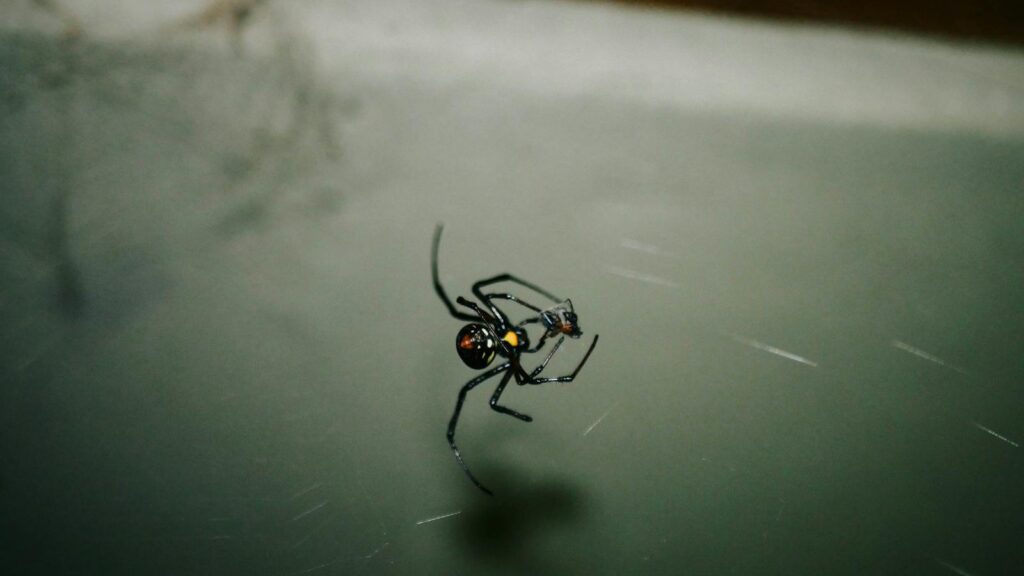
Spider venom represents one of nature’s most intricate biochemical innovations, developed over hundreds of millions of years of evolution. Unlike single-compound toxins, spider venom typically contains a complex cocktail of hundreds of different proteins, peptides, and other bioactive compounds specifically tailored to target prey nervous systems. This evolutionary marvel allows spiders to rapidly immobilize creatures that might otherwise easily overpower them through sheer size and strength. The diversity of spider venoms is staggering, with researchers estimating that the world’s 48,000+ spider species may collectively produce more than a million unique venom peptides, each evolved to exploit specific vulnerabilities in their preferred prey. Even more remarkable is how spiders can often adjust their venom composition and delivery based on the perceived threat level or type of prey they’re encountering.
Web-Building as a Hunting Strategy

Many venomous spiders employ sophisticated web construction as their primary hunting methodology, creating intricate silk traps designed to ensnare passing prey. The black widow spider, for instance, constructs an irregular, tangled web with exceptionally strong silk strands capable of temporarily restraining even small vertebrates. Orb weavers, including some venomous species, engineer geometrically precise spiral webs that can span several feet, strategically positioning them along flight paths frequently used by insects. The strength, elasticity, and adhesive properties of spider silk are precisely calibrated to maximize prey capture efficiency while minimizing the energy investment required to build and maintain these structures. Some web-building spiders further enhance their traps by incorporating UV-reflective silk strands that attract specific insects, essentially transforming their webs into bioluminescent lures for unsuspecting prey.
The Remarkable Sensory Systems of Hunting Spiders
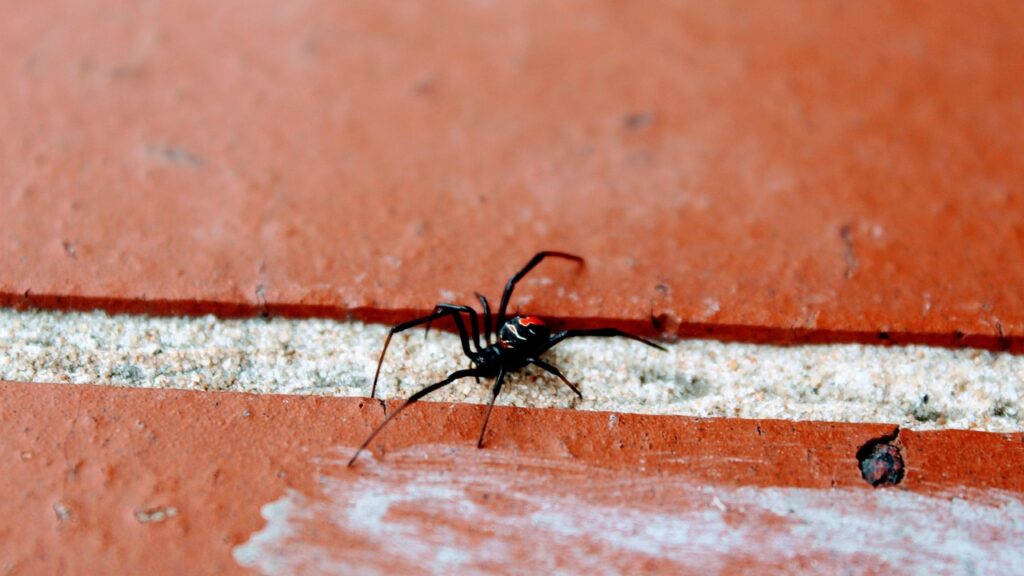
Venomous spiders possess extraordinarily sophisticated sensory capabilities that allow them to detect and intercept prey with remarkable precision. Most species rely heavily on vibration detection through specialized organs called slit sensilla located on their legs, which can detect even the slightest movements of prey struggling in a web or walking nearby on the ground. While many spiders have relatively poor eyesight, hunting specialists like jumping spiders have developed exceptional vision with four pairs of eyes that provide nearly 360-degree awareness of their surroundings and remarkable depth perception for precisely calculating pouncing distances. Some venomous species can even detect airborne chemical signatures from potential prey, while others, like the wandering spider, have specialized hairs on their legs that can detect air currents created by approaching insects. These combined sensory adaptations transform spiders into living detection systems capable of hunting effectively in nearly any environment, day or night.
Ambush Tactics of Trapdoor and Funnel-Web Spiders

Some of the most venomous spiders employ sophisticated ambush strategies that showcase remarkable patience and explosive speed. Trapdoor spiders construct ingeniously camouflaged burrows capped with hinged doors made of silk, soil, and vegetation that blend perfectly with the surrounding environment. These patient predators can wait motionless for hours with their legs touching trip lines radiating from their burrows, springing into action with astonishing speed when prey triggers these sensory threads. The notorious Sydney funnel-web spider creates a similar but open-topped silk-lined burrow with trip-lines extending outward, allowing it to detect passing prey before launching a lightning-fast attack. Both species possess powerful fangs and potent neurotoxic venom capable of quickly subduing even large prey items. The strike speed of these ambush specialists is among the fastest movements in the animal kingdom, with research showing the entire capture sequence from sensing prey to venom injection can occur in less than a second.
The Active Hunting Strategies of Wandering Spiders
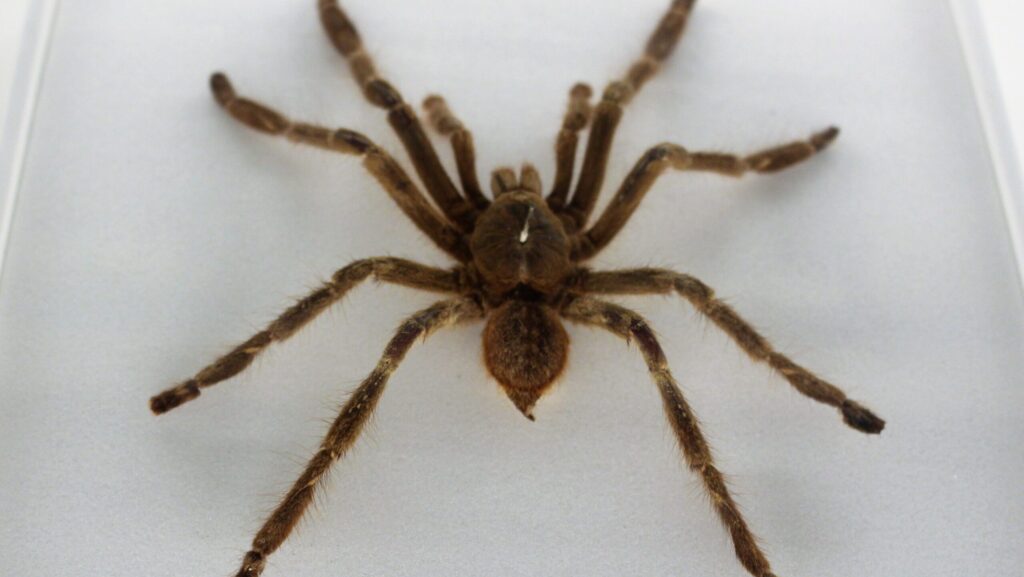
Unlike web-builders or ambush predators, some of the world’s most venomous spiders actively patrol their territories in search of prey. The Brazilian wandering spider (Phoneutria), often cited among the world’s most venomous arachnids, exemplifies this high-energy hunting approach, actively roaming the forest floor and vegetation at night seeking potential meals. These spiders combine exceptional speed with a aggressive temperament, enabling them to pursue and overwhelm prey that might escape more sedentary hunters. Rather than waiting for victims to come to them, wandering hunters must constantly evaluate potential prey items they encounter, making split-second decisions about what constitutes an appropriate target based on size, movement patterns, and potential threat level. Their hunting success relies on a combination of excellent vision, vibration detection through their legs, and powerful venom that rapidly immobilizes prey, allowing them to subdue even vertebrate prey like small lizards and mice. The energy expenditure of this hunting strategy is offset by the ability to exploit a wider variety of prey items across a larger territory.
The Role of Silk in Prey Capture Beyond Webs
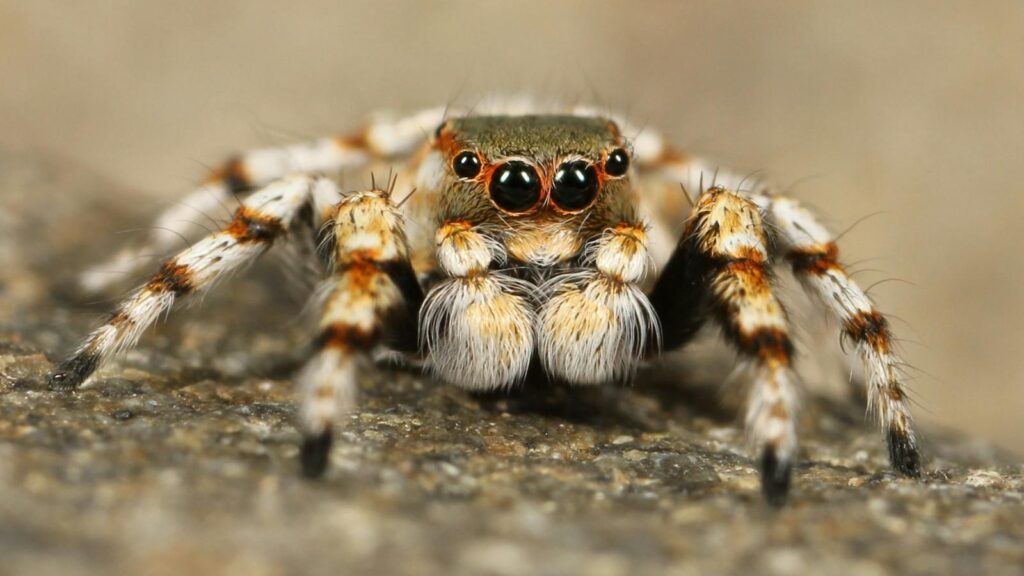
Even venomous spiders that don’t build traditional capture webs make sophisticated use of silk during their hunting process. Many species produce specialized wrapping silk specifically for immobilizing prey after a successful strike, rapidly rotating their victims while extruding silk to create a tight, restrictive cocoon that prevents escape even if the prey initially survives the venom injection. Jumping spiders deploy safety lines of silk before attempting risky leaps, ensuring they can recover if they miss their target. Some ground-dwelling species create trip wires around their hunting territories that alert them to passing prey, while others construct silk-lined retreats that provide safe spaces to consume captured meals away from potential predators or competitors. The bolas spider employs perhaps the most specialized silk hunting adaptation, creating a single strand with a sticky globule at the end that it swings at passing moths, having first attracted them using chemical mimicry of female moth pheromones—essentially creating a miniature version of a medieval flail weapon.
Venom Composition and Its Effects on Prey
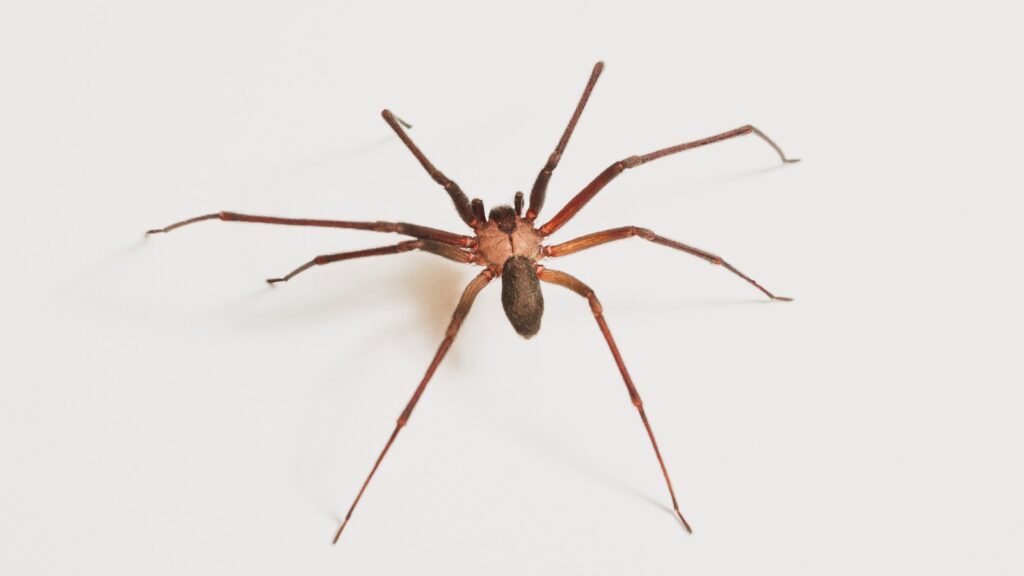
The venom deployed by hunting spiders represents one of nature’s most sophisticated biochemical weapons systems, precisely engineered to rapidly incapacitate specific prey types. Most venoms contain neurotoxic compounds that target the nervous system, disrupting signal transmission between nerves and muscles, which induces paralysis and prevents escape. Other components include cytotoxins that begin breaking down cellular structures, essentially pre-digesting prey from the inside, and compounds that prevent blood coagulation to facilitate the spider’s feeding process. The brown recluse spider’s venom contains sphingomyelinase D, an enzyme that causes localized tissue death, while black widow venom contains alpha-latrotoxin, which triggers massive neurotransmitter release leading to intense muscle contractions. Spider venoms are remarkably efficient, with many species requiring only microscopic amounts—measured in millionths of a gram—to completely immobilize prey many times their size within seconds. The precision of these biochemical cocktails reflects millions of years of evolutionary refinement aimed at maximizing hunting efficiency while minimizing the metabolic cost of venom production.
The Mechanics of Venom Delivery Systems
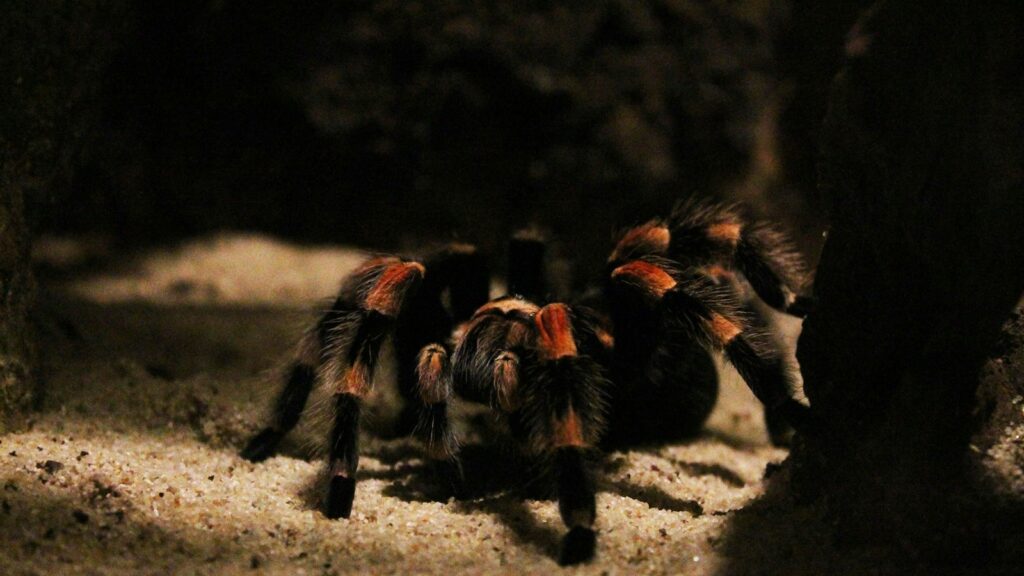
The physical mechanics of how venomous spiders deliver their toxins represents a marvel of biological engineering. Spider fangs are essentially modified appendages called chelicerae that contain hollow delivery channels connected to venom glands housed in the cephalothorax. These fangs operate like hypodermic needles, designed to penetrate prey exoskeletons or skin with minimal resistance. In many species, the fangs fold away when not in use, extending forward only during strikes through a hydraulic pressure system that also helps drive venom through the delivery channels. The tarantula’s fangs move downward in a stabbing motion, while many other species employ a pincer-like side-to-side movement. Most sophisticated is the venom metering ability demonstrated by certain species, which can precisely control the amount of venom injected based on prey size or perceived threat level, conserving their metabolically expensive venom when subduing smaller prey. The entire injection system operates with remarkable speed and precision, with high-speed photography revealing that many venomous spiders can complete a strike and venom injection in less than a tenth of a second.
Extra-Oral Digestion: How Spiders Consume Their Prey

Following successful venom injection and prey immobilization, venomous spiders employ a fascinating feeding method fundamentally different from most predators—they digest their food outside their bodies before consumption. This process, called extra-oral digestion, begins when the spider injects digestive enzymes through the same fangs used to deliver venom, essentially liquefying the prey’s internal tissues. The resulting nutrient-rich “soup” is then drawn back through the spider’s sucking stomach, leaving behind only the indigestible exoskeleton of their victim. This unusual feeding mechanism allows spiders to consume prey much larger than themselves, as they’re not limited by what can physically fit into their mouths. The digestive enzymes are remarkably efficient, capable of breaking down most soft tissues within hours, and different spider species produce specialized enzyme cocktails optimized for their preferred prey types. This metabolically efficient feeding strategy represents yet another evolutionary adaptation that has contributed to spiders’ success as predators across nearly every terrestrial habitat on Earth.
Specialized Hunting Techniques of Jumping Spiders

Among venomous arachnids, jumping spiders demonstrate perhaps the most sophisticated hunting behaviors, combining exceptional vision with remarkable problem-solving abilities. Unlike most spiders, jumpers possess large forward-facing principal eyes that provide color vision, depth perception, and visual acuity equivalent to that of much larger animals, allowing them to stalk prey with cat-like precision from several body lengths away. These diminutive hunters adjust their approach strategies based on prey type, employing different tactics for fast-moving flies versus slow-moving caterpillars. Research has documented jumping spiders performing detours around obstacles to approach prey from advantageous angles, suggesting cognitive mapping abilities previously thought impossible in invertebrates. Most impressive is their ballistic jumping attack, which involves precisely calculating distances and hydraulically extending their legs to launch their bodies at prey with pinpoint accuracy, sometimes covering distances up to 50 times their body length. Despite their small size, some jumping spider species possess venom potent enough to rapidly immobilize prey several times their size, making them among the most efficient hunters in the arachnid world.
The Unique Hunting Strategy of Spitting Spiders
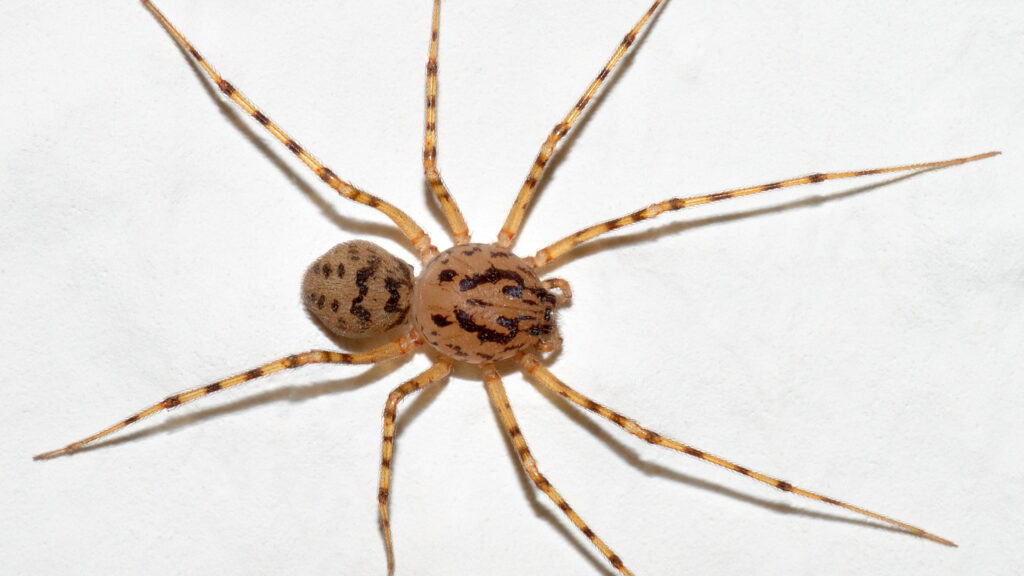
Perhaps the most unusual hunting technique among venomous spiders belongs to the spitting spiders (Scytodes species), which have evolved a truly remarkable method of prey capture. These specialized hunters produce a mixture of venom and glue-like silk in modified venom glands, which they can accurately project at prey from distances up to 10-20 body lengths away. When hunting, spitting spiders approach potential prey carefully, then rapidly contract specialized muscles in their cephalothorax to forcefully eject alternating strands of this venomous silk mixture in a zigzag pattern that effectively entangles their victim. The projected silk contains both adhesive compounds that physically restrict movement and neurotoxic venom that begins paralyzing the prey immediately upon contact. High-speed photography has revealed that this entire spitting process occurs in mere milliseconds, with the spider oscillating its fangs at incredible speeds to create the characteristic zigzag pattern that maximizes the capture area. This extraordinary adaptation allows spitting spiders to safely subdue dangerous prey like other venomous spiders without risking close contact, essentially functioning as a biological ranged weapon.
Cooperative Hunting in Social Venomous Spiders

While most venomous spiders are solitary hunters, several remarkable species have evolved social structures that enable cooperative hunting behaviors previously thought impossible among arachnids. The social huntsman spider (Delena cancerides) forms family groups that cooperate to subdue larger prey items, with multiple individuals simultaneously injecting venom and overwhelming victims that would be too dangerous for a single spider to attack. Even more sophisticated are the social web-building spiders like Anelosimus eximius, which construct massive communal webs spanning several meters that can capture flying insects too large for individual webs. When substantial prey is ensnared, dozens of spiders coordinate their approach, with some individuals focusing on wrapping the prey in silk while others deliver precisely targeted venom injections. These social hunting strategies allow colonies to capture prey items that would be completely unattainable for solitary individuals, including small birds and bats in some cases. Research suggests these cooperative hunting behaviors involve complex vibrational communication through the web structure, with specific vibration patterns signaling different stages of the group hunting process.
How Venomous Spiders Adapt Their Hunting to Environmental Changes
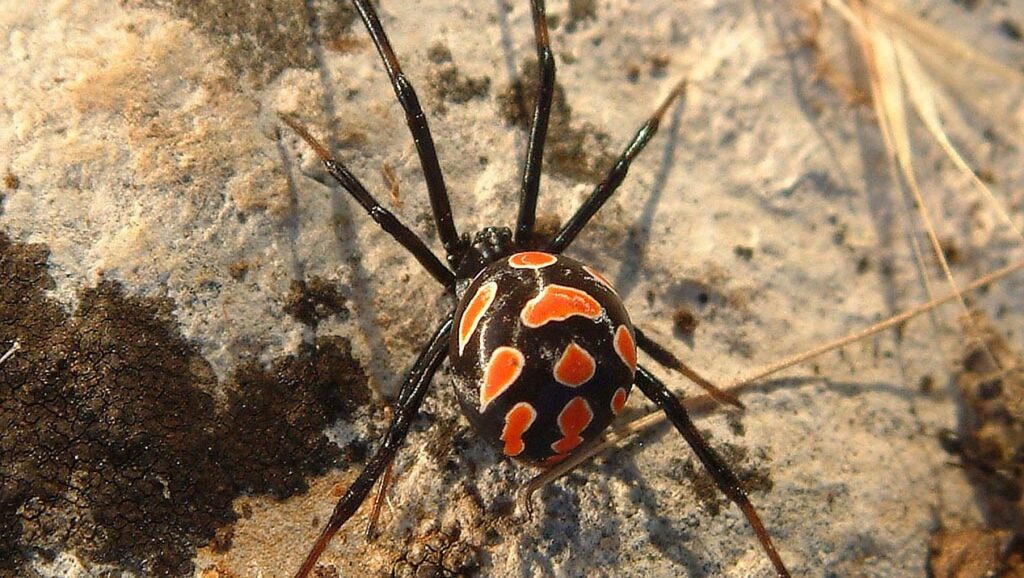
Venomous spiders demonstrate remarkable behavioral plasticity, adapting their hunting strategies in response to changing environmental conditions and prey availability. Web-building species adjust the size, shape, and positioning of their webs based on factors like wind conditions, humidity levels, and recent capture success rates, essentially performing cost-benefit analyses of energy investment versus potential prey returns. During periods of food scarcity, many species enter lower-energy hunting modes, with some able to survive months between successful captures by dramatically slowing their metabolism. Conversely, when prey is abundant, certain species like the golden orb weaver will rapidly expand their webs to maximize capture potential. Climate shifts trigger significant behavioral changes, with many species becoming more nocturnal during hot periods to avoid dehydration while hunting. Perhaps most impressive is the capacity of some venomous spiders to adjust their hunting techniques when introduced to novel environments—research has documented Australian redback spiders modifying both their web structures and venom composition when establishing populations in new territories with different available prey species.
Conclusion
The hunting methods of venomous spiders represent some of the most sophisticated predatory adaptations in the natural world. Through millions of years of evolution, these remarkable arachnids have developed an astonishing array of strategies combining advanced sensory systems, mechanical innovations, behavioral sophistication, and biochemical weaponry. From the patient ambush tactics of trapdoor spiders to the calculated aerial webs of orb weavers, each approach represents a finely tuned solution to the eternal challenge of capturing prey while avoiding becoming prey themselves. As scientists continue studying these efficient predators, we gain not only a deeper appreciation for their ecological importance but also potential applications in fields ranging from pharmacology to materials science. The next time you glimpse a spider lurking in its web or scurrying across your floor, consider the extraordinary biological engineering that makes these unassuming creatures among nature’s most successful hunters.
